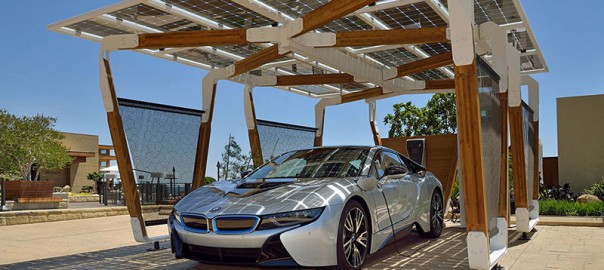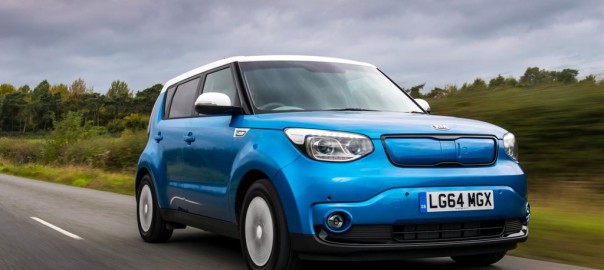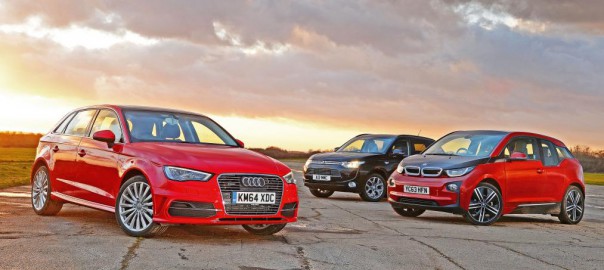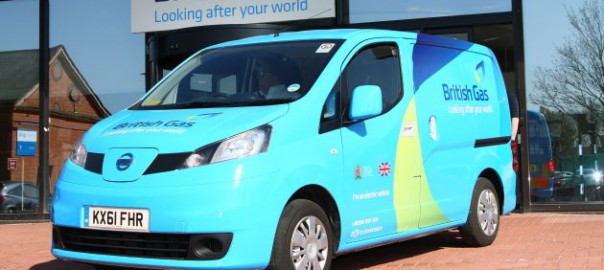Rethinking the grid is quickly emerging as one of the hottest topics. The concept of our own personal power stations can be seductive…and just might save us a whole lot of money too.
“Get big or get out!” Those were the famous, and controversial, words of Earl Butz, Secretary of Agriculture in the seventies. Considering the combination of renewable technology and battery storage, a new popular mantra may emerge: get small and be free.
Much ado about all things renewable together with the objections that technologies can never fully replace fossil fuel generation is popular among a certain set. Here in Texas, among arch conservatives, Solyndra lives on…and on…and on. But the truth is that Solyndra is ancient history. New technologies are ramping up and have been highly successful and may change the way we use the grid forever. Perhaps most interesting of all, however, is the way in which new ways to think about the grid and electricity are prompting entrepreneurs worldwide to rethink, remake and reuse. For instance, what if we all had the ability to transform our homes into micro personal power stations?
The grid is an interesting beast. It typically operates using several different power options together with some back up reserve. Oddly, it runs with virtually zero storage capacity because large amounts of electricity are difficult to store. So nobody really addressed that problem. Until now.
What if we decided to think outside our box and imagine that instead of myriad wires joining each of our houses, there were solar panels on the roof. These in turn pumped electricity into an array of batteries in our garages next to the work bench. Or into our EV which could also act as a storage vehicle. No pun intended.
Large scale storage is a problem because it is large scale. The needs of a utility are vastly different than the needs of an individual home. So tackling the problem of storage would seem to make the most sense if done on a small scale. GTM Research expects home battery storage to grow into a billion dollar a year money generator by 2018. That’s only three years away. Solar City, a large solar installer, is already offering battery storage for home use. They describe their system as:
“…a cost-effective, wall-mounted storage appliance that is small, powerful and covered by a long lasting full 10 year warranty.”
So our homes become a micro-grid. Having said all this, there will still be a need for large scale utility generation. Industrial users for instance would probably be better off using the grid system. This is where the larger scale storage solutions currently being tried and offered are coming into their own.
Electricity supply is never constant. It fluctuates throughout the day. To use renewable energy on a large scale, battery storage is needed. While lithium ion batteries have taken center stage, other less sexy technologies are being employed with success. If lithium ion batteries are the Tesla’s of the energy storage world, then flow batteries are the pick up trucks: hard working and reliable. Lead acid batteries too are gaining traction. All of these technologies perform different functions which are critical to grid reliability.
Navigant Research stated:
“Flow batteries have been shown to excel at long-duration energy storage applications and advanced lead-acid batteries have proven to be excellent performers in power-intensive applications.”
Further, these markets are expected to grow quickly. Navigant forecasts:
“…the annual revenue of cell sales for advanced batteries for utility-scale applications will grow from $221.8 million in 2014 to $17.8 billion in 2023.”
And equally interesting, Navigant projects:
“…the annual energy capacity of advanced batteries for utility-scale energy storage applications will grow from 412 megawatt-hours (MWh) in 2014 to more than 51,200 MWh in 2023, at a compound annual growth rate of 71 percent.”
Other aspects of storage are also being proactively addressed. One of the most common arguments heard is “what do we do with the spent automotive batteries”? Interestingly enough, BMW, and others, are working on that. Apparently an EV battery can have as much as 70% of its storage capacity still intact after its automotive life. So BMW has partnered up with Bosch and Vattenfall, a Swedish company, to repurpose used battery packs into grid storage. Home storage is also a possibility. So rethink, remake and reuse is really happening.
Another example of rethink is the recent announcement by Nissan that they have entered into a deal with Endesa, a Spanish utility behemoth. This arrangement would allow motorists to sell the unused power stored in their EV’s back to the grid. Such access to additional power could potentially provide extra stability for the utility and thereby the grid.
The grid doesn’t have to be run the way it has always been run. We can innovate. And innovation is precisely what is occurring. Perhaps the most important “rethink” of all is in our own heads as we learn to open our minds to using the grid in a whole new way.
Personal pizzas, personal computers, personal trainers…and now our own personal power stations.
Source: Energy Policy Forum





